Steel is a highly durable, hard substance. It’s manufactured by adding 2% carbon to pure iron. Due to its solidity and high tensile strength, steel is used for the fabrication of everything from oil tankers to sewing needles, as well as the tools used to produce them.
Steel is often combined with other metal types to incorporate different qualities. The combination used depends on the intended use. To cater to industrial demands, more than 75% of steel variations in the market were developed in the last two decades. Steel comes in thousands of different variations. The type you choose depends on what you intend to use it for.
Here are the twelve different types of steel.
Type #1: Carbon Steel
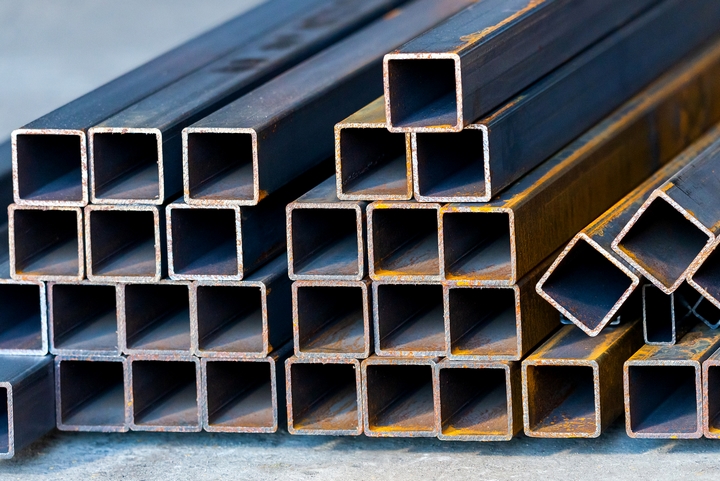 Carbon steel makes up a majority of the steel around the world. It comprises carbon, iron and other alloy elements of varying specific amounts.
Carbon steel makes up a majority of the steel around the world. It comprises carbon, iron and other alloy elements of varying specific amounts.
As the main component of carbon steel, carbon is responsible for 90% of all steel production. This alloying element creates a stronger, more rigid metal.
Type #2: High Carbon Steel
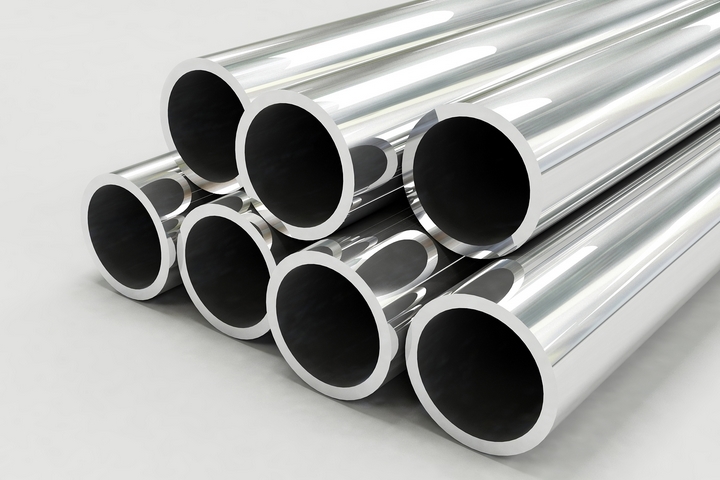 High carbon steel is made up of 0.61% to 1.5% carbon content, resulting in strong, brittle and hard steel. To reinforce wear-resistance, it’s taken through appropriate heat treatment. High carbon steel is an excellent choice for the production of shock-absorbing machinery.
High carbon steel is made up of 0.61% to 1.5% carbon content, resulting in strong, brittle and hard steel. To reinforce wear-resistance, it’s taken through appropriate heat treatment. High carbon steel is an excellent choice for the production of shock-absorbing machinery.
Type #3: Low Carbon Steel
 Low carbon steel consists of 0.3% carbon content. Although it has high ductility and malleability, it’s low in tensile strength.
Low carbon steel consists of 0.3% carbon content. Although it has high ductility and malleability, it’s low in tensile strength.
The tensile strength can, however, be improved through a process known as cold-rolling, which involves rolling the steel in between two polished rollers under high-pressure conditions. This type of steel is commonly used for the production of boxes, pipes, metal sheets, vehicle frames, rivets and wires.
Type #4: Medium Carbon Steel
 This variation of steel contains 0.31% to 0.6% carbon content, resulting in a mildly ductile steel with more tensile strength compared to low carbon steel. To harden medium carbon steel, treat it with a tempering (a form of heat treatment). It’s highly malleable and can be moulded into various shapes and sizes.
This variation of steel contains 0.31% to 0.6% carbon content, resulting in a mildly ductile steel with more tensile strength compared to low carbon steel. To harden medium carbon steel, treat it with a tempering (a form of heat treatment). It’s highly malleable and can be moulded into various shapes and sizes.
Type #5: Alloy Steel
 Alloy steel is made up of varying percentages of different metals besides iron. This mixture replicates the properties of steel for specific applications. Metals such as copper, titanium, chromium, manganese, silicon, nickel and aluminum are used in some capacity.
Alloy steel is made up of varying percentages of different metals besides iron. This mixture replicates the properties of steel for specific applications. Metals such as copper, titanium, chromium, manganese, silicon, nickel and aluminum are used in some capacity.
The combination of these metals results in characteristics not seen in carbon steel. Alloy steel is more responsive to the different types of treatment available today. It’s mostly used in more specialized industries such as the automotive, shipbuilding and appliances industry.
Alloy steel comes in a variety of stronger and more tactile forms. Some of these are more suitable for welding, while others are highly resistant to rust. This type of steel is often used for the manufacturing of transformers, power generators, auto parts, electric motors and pipelines.
Type #6: Tungsten Steel
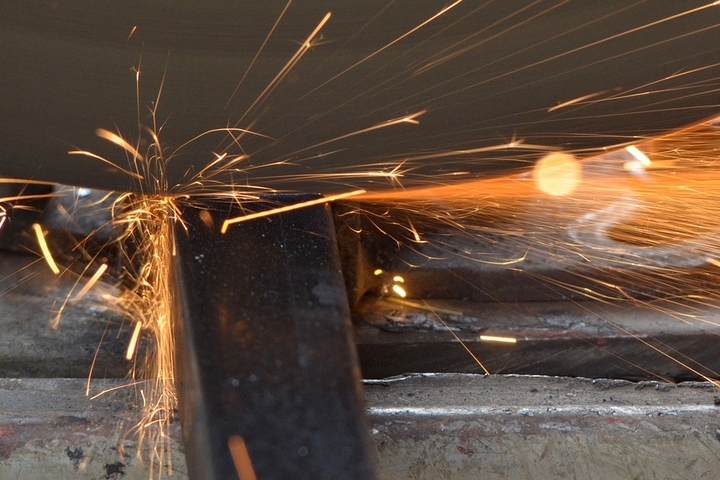 Tungsten is also known as wolfram. It’s a dull silver metal that boasts the highest melting point compared to the other metal types in their purest form. What makes tungsten steel unique is its strength and ability to withstand high temperatures.
Tungsten is also known as wolfram. It’s a dull silver metal that boasts the highest melting point compared to the other metal types in their purest form. What makes tungsten steel unique is its strength and ability to withstand high temperatures.
Because of these characteristics, different steel alloys use this metal to enhance resistance to wear and corrosion. Rocket engine nozzles use tungsten steel because of their high heat resistance. When combined with iron, nickel and cobalt, this steel is an excellent choice for the production of turbine blades in a variety of aircraft.
Type #7: Nickel Steel
 Nickel steel alloy is one of the most commonly used in the world. Other than a high nickel content of 3.5%, it also has 0.35% carbon content.
Nickel steel alloy is one of the most commonly used in the world. Other than a high nickel content of 3.5%, it also has 0.35% carbon content.
Adding nickel strengthens structural steel without decreasing its ductility. It’s incredibly responsive to heat treatment since nickel lowers the steel’s temperature.
Type #8: Manganese Steel
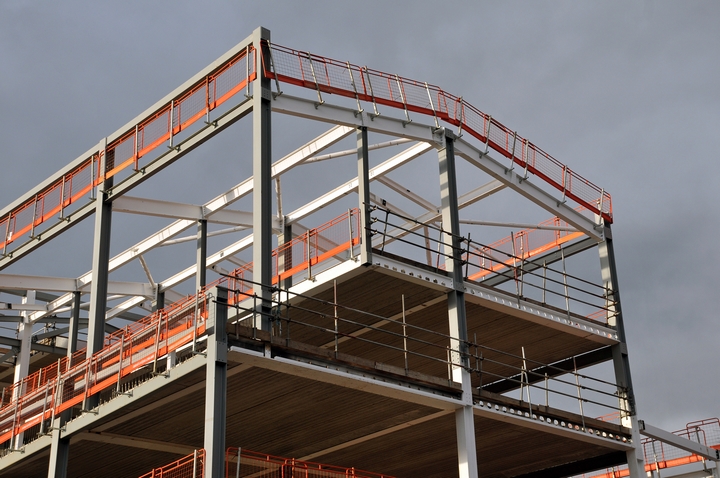 This is considered a work hardening steel, which consists of 11% to 14% manganese content. Because of its excellent work hardening characteristics and wear resistance, it’s used to manufacture complex railway tracks. Some of its other contemporary applications include shot blast cabinets, anti-drill security plates, scrapers, and shovel buckets, among others.
This is considered a work hardening steel, which consists of 11% to 14% manganese content. Because of its excellent work hardening characteristics and wear resistance, it’s used to manufacture complex railway tracks. Some of its other contemporary applications include shot blast cabinets, anti-drill security plates, scrapers, and shovel buckets, among others.
Type #9: Vanadium Steel
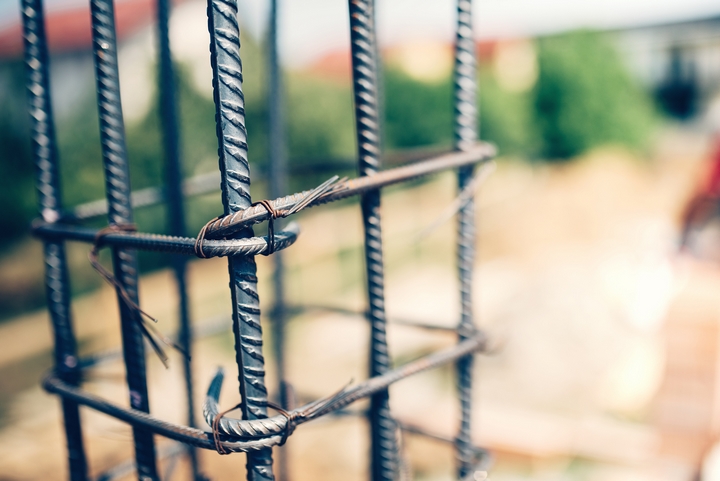 Vanadium steel is popularly known for its corrosion-resistant properties and the ability to absorb shock.
Vanadium steel is popularly known for its corrosion-resistant properties and the ability to absorb shock.
Apart from manufacturing chemical-carrying tubes and pipes, this steel forms a thin layer that bonds titanium to steel, an especially important process in aerospace applications. A mixture of 1% vanadium and chromium is sufficient to achieve vibration and shock resistance, making it ideal for automobile applications.
Type #10: Chromium Steel
 Adding chromium to steel lowers its critical cooling rate and increases wear resistance, scaling resistance and high-temperature strength. Chromium steel is primarily used to increase corrosion resistance.
Adding chromium to steel lowers its critical cooling rate and increases wear resistance, scaling resistance and high-temperature strength. Chromium steel is primarily used to increase corrosion resistance.
Chromium steel is often used for the manufacturing of machines and auto parts, safes and rock crushers. It also features high tensile strength and elasticity.
Type #11: Chromium-Vanadium Steel
 This is basically a combination of vanadium and chromium. It has features of both metals. With extremely high tensile power, chromium-vanadium steel is easy to cut. It’s, however, not brittle. It’s commonly used in the production of vehicular frames, connecting rods, axles and gears.
This is basically a combination of vanadium and chromium. It has features of both metals. With extremely high tensile power, chromium-vanadium steel is easy to cut. It’s, however, not brittle. It’s commonly used in the production of vehicular frames, connecting rods, axles and gears.
Type #12: Silicon Steel
 Silicon steel is ideal where the magnetic force is a priority. In small quantities, it’s excellent for the production of small relays and pulse transformers.
Silicon steel is ideal where the magnetic force is a priority. In small quantities, it’s excellent for the production of small relays and pulse transformers.
Large motors and generators also use tons of silicon steel. Its properties include resistivity, saturation reduction, magnetostriction, and magneto-crystalline anisotropy.

